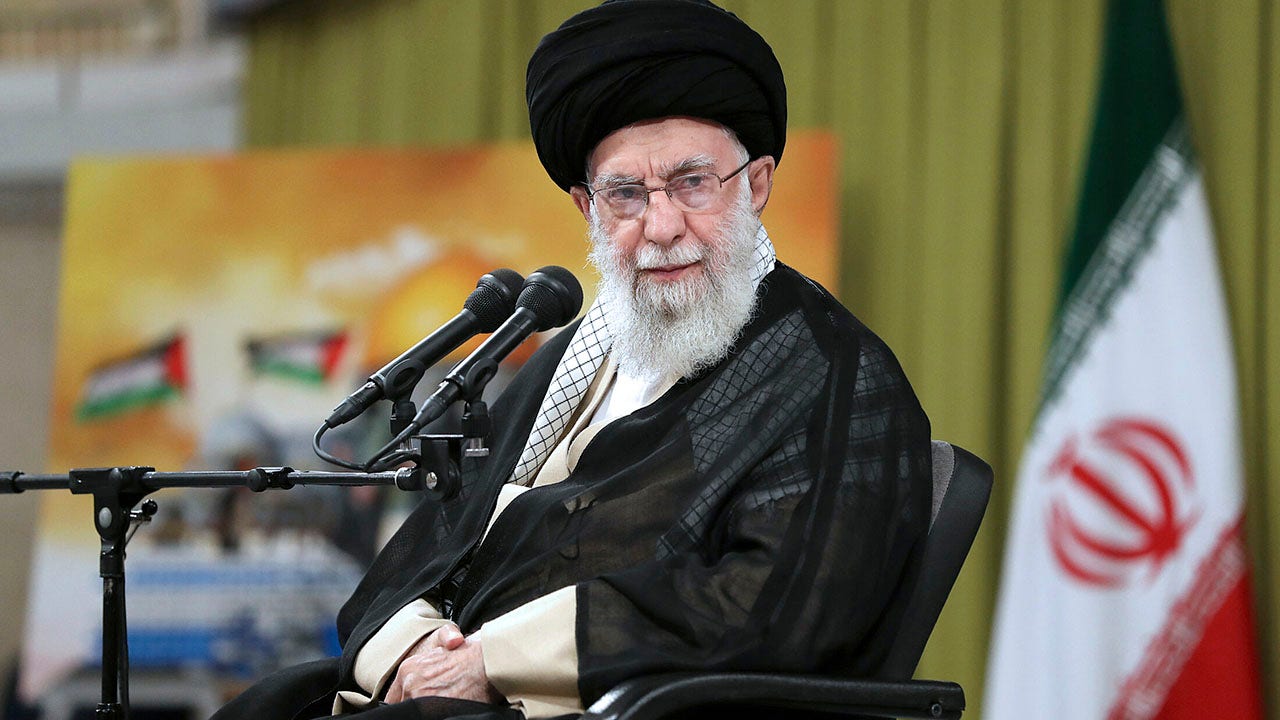The Australia Letter is a weekly newsletter from our Australia bureau. Sign up to get it by email. This week’s issue is written by Julia Bergin, a reporter based in the Northern Territory.
Eyes closed, head raised, leaning back against the polished stone of the Old Physics Building on the campus of the University of Melbourne, Marie Elena Ellis paused briefly to breathe in the sunshine before heading back indoors to resume talking about publishing.
Ms. Ellis, a Central Australian Arrernte and Warlpiri author and publisher, recently joined a six-month fellowship program with the University of Melbourne, both to to learn about mainstream Western publishing and to offer other participants the context of an Indigenous approach to the same activity.
One challenge? Getting used to being inside so much.
“I’m not used to sitting in a dog box,” said Ms. Ellis, as she showed a room of Melbourne academics pictures of her own “office” back home — the Ilparpa Claypans wilderness reserve, all red dirt and shallow water. “There I can think,” she said.
The goal for the University of Melbourne, said Sandra Phillips, a publishing professor and Wakka Wakka and Gooreng Gooreng woman, is that the two-way exchange will help the mainstream publishing industry examine its own assumptions and practices.
While many fundamentals of publishing are common to both Indigenous and non-Indigenous publishers, the methods are not, according to Dr. Phillips. Concepts of time, relationships, power, and agency are all perceived differently.
For instance, Ms. Ellis said, a non-Indigenous publisher might say “this book won’t sell” with a certain cover or title, while for an Indigenous publisher, such decisions belong to the author: “We say, ‘I don’t care, that’s my story. And I’m going to tell it and show it my way.’”
In mainstream publishing, many tasks are typically discrete: commissioning a work, finding artwork, designing a cover, choosing a title, making editorial revisions, and finally putting a product out to print and marketing it.
At organizations like Running Water Community Press, the Alice Springs-based Indigenous publisher where Ms. Ellis works, the process is more holistic. It starts with finding story tellers, sitting down with them, supporting writing development, and ultimately considering what the resulting book could look like.
For Ms. Ellis, this intensive in-person process with authors and would-be authors has her constantly on the road.
“I don’t hide behind a desk and say ‘Full stop here’ or ‘There’s a comma missing there.’ If there’s a story to share, I go out and sit under a tree and they tell me what it’s about,” she said. “I use my own vehicle. I pay for fuel. I go out of my way to visit because it’s about time we tell our story.”
According to Creative Australia, there are approximately 300 publishers in Australia, of which only three are Indigenous: Magabala Books, the Indigenous Literacy Foundation, and Running Water. Built into the industry is a Western culture of hard deadlines, remote correspondence and market-led decision making that Professor Phillips describes as often at odds with First Nations ideas of storytelling.
As a result, Indigenous people have at times acquiesced to cuts and changes based on what mainstream publishers deem marketable. At other times, they’ve enlisted non-Indigenous authors (well versed in the system) to create written versions of oral stories.
Louise Buckingham, the chief executive of the Arts Law Centre of Australia, called the latter particularly worrying because Australian copyright law covers only things in fixed form: written stories, lyrics to songs, poems, and computer programs. That means whoever puts pen to paper for an oral story handed down through the generations owns the rights to it.
Although there are moves to introduce stand-alone Indigenous intellectual property laws in Australia, Dr. Buckingham said it was critical to empower community-led organizations like Running Water to ensure Indigenous artists could share their work, knowledge, culture, and history and retain the rights to it.
Back at the University of Melbourne conference table, Ms. Ellis said she was “hungry to learn” about Western publishing practices so she could put them under a microscope, translate them into Arrernte and go home with something she could roll out around a campfire.
But Dr. Phillips objected, saying that Ms. Ellis’s task was loftier, and perhaps harder, than that.
“It’s not about learning something first and then creating an equivalent in your world,” she said. “You’re an embodiment of your people and culture from thousands of years, and you are interpreting and translating for all of us all the time.”
Now here are our stories of the week.
Are you enjoying our Australia bureau dispatches?
Tell us what you think at NYTAustralia@nytimes.com.
Like this email?
Forward it to your friends (they could use a little fresh perspective, right?) and let them know they can sign up here.





